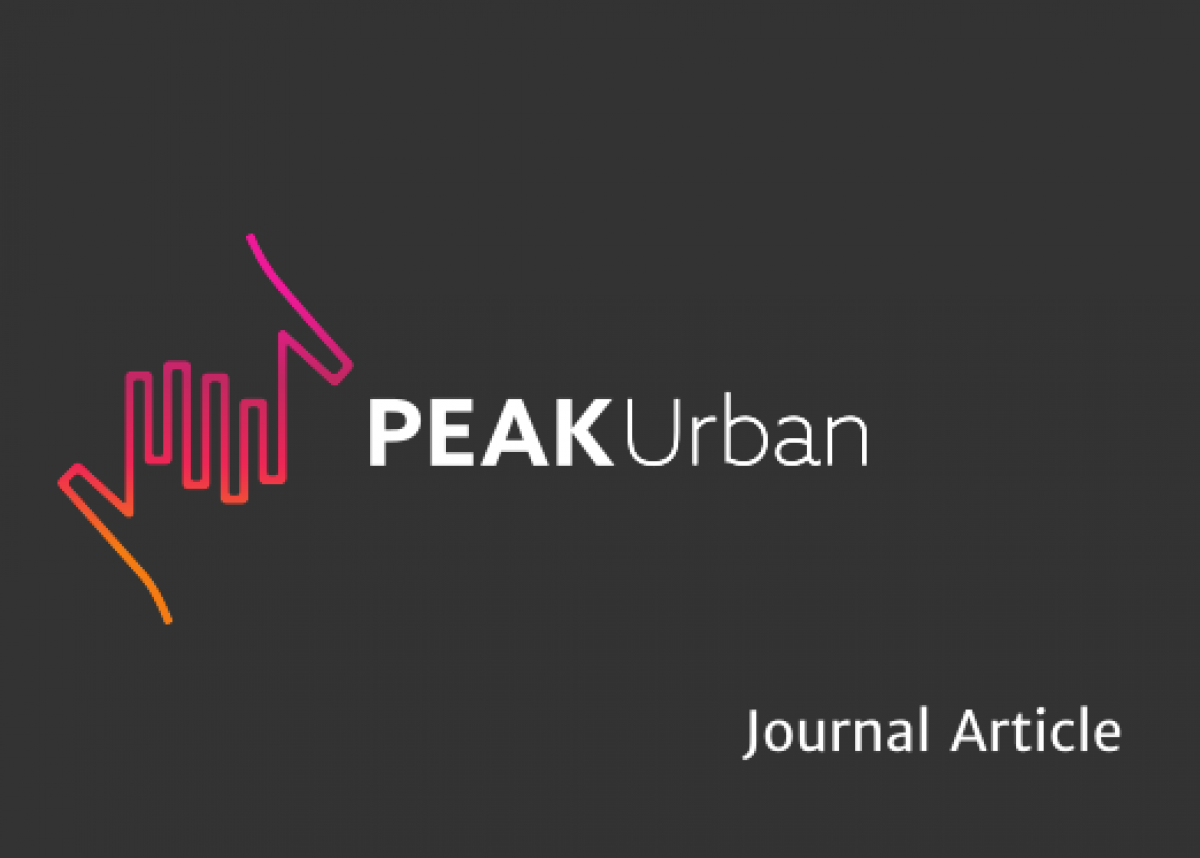
The influence of urban form and socio-demographics on active transport: A 40-neighborhoods study in Chengdu, China
In China, a centralized planning culture has created similar neighborhoods across the country.
Using a survey of 1,048 individuals conducted in 2016 in Chengdu- located in a carefully conceptualized typology of neighborhood forms- we analyzed the associations between individual and neighborhood characteristics and active or nonmotorized transport behavior.
Using several multiple logistic and multilevel models, we show how neighborhoods were categorized and how the number of categories or neighborhood types affected the magnitude of the associations with active transport but not the direction. People taking non-work trips were more likely to use active compared with motorized modes in all neighborhood types. Neighborhood type was significant in models but so too were many other individual-level variables and infrastructural and locational features such as bike lanes and location near the river. Of the 3-D physical environment variables, floor area ratio (a proxy for density) was only significant in one model for nonwork trips. Intersection density and dissimilarity (land-use diversity) were only significant in a model for work trips.
This study shows that to develop strong theories about the connections between active transport and environments, it is important to examine different physical and cultural contexts and perform sensitivity analyses. Research in different parts of China can help provide a more substantial base for evidence-informed policymaking. Planning and design recommendations were made related to active transport need to consider how neighborhoods, built environments, and personal characteristics interact in different kinds of urban environments.
